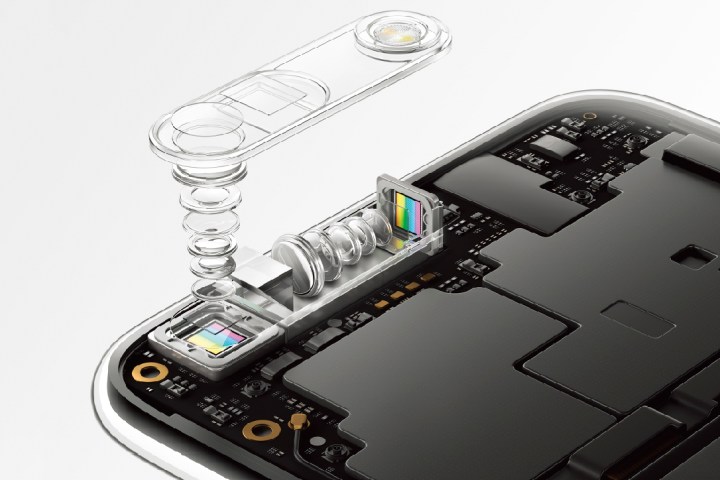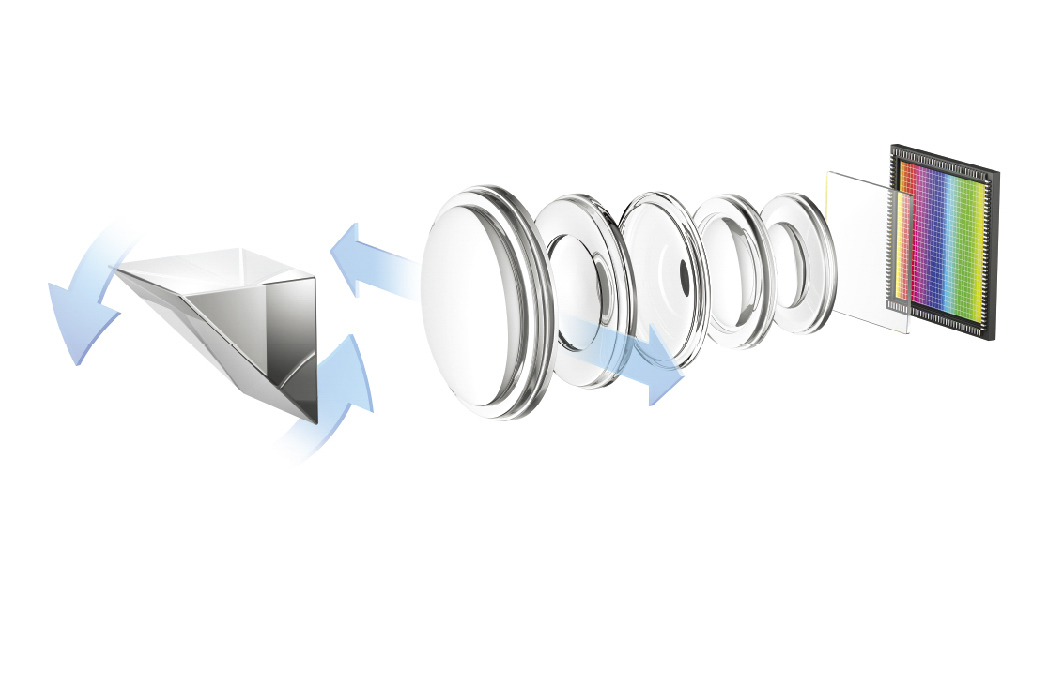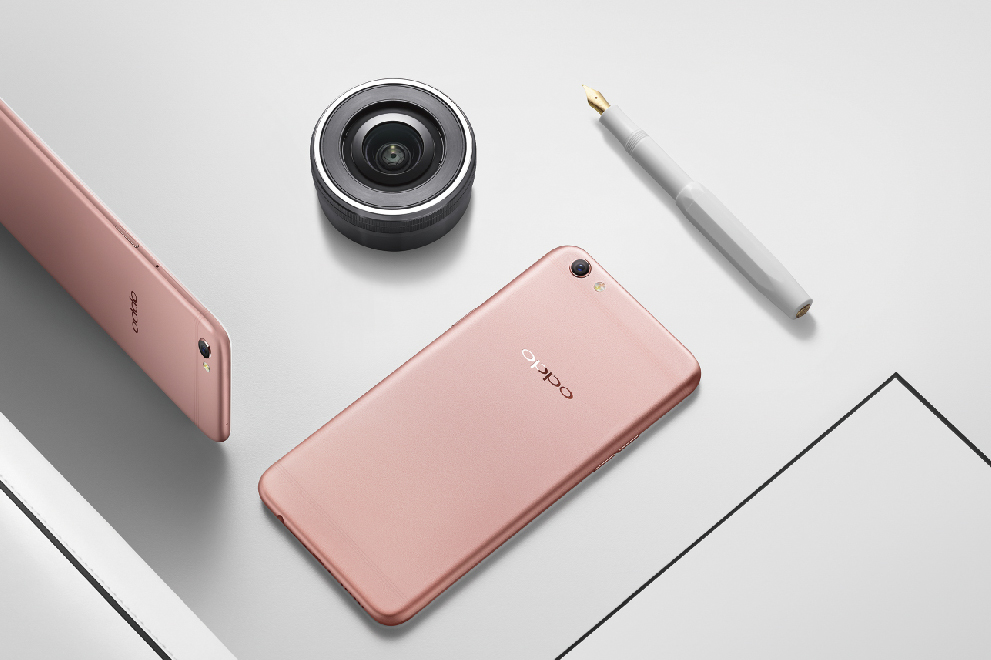
It’s called 5X, and Oppo describes it as “smartphone photography technology that [gives] users [the] ability to capture highly detailed images.” More specifically, it’s a dual camera system that uses a “periscope” structure to divert light through a prism and onto an angled telephoto lens. Oppo says the resulting shift from the light’s natural path delivers an unprecedented level of clarity at any zoom level.
But Oppo’s innovations don’t stop there. The 5X compensates for vibrations with a two-part optical image stabilization system that fine-tunes the telephoto lens. By dynamically adjusting the prism’s angle in 0.0025-degree increments, it’s able to deliver up to 40 percent better performance than the previous generation of OIS. It’s the fruit of more than a year of development.
Oppo has a long history of innovative camera technologies. The N1 and N3 featured the world’s first — and only — motorized smartphone cameras. Oppo kicked off its F Series with the F1, a mid-range handset featuring a selfie camera that takes in “44 percent more light” and captures “30 percent clearer selfies” than the closest competition. The Oppo Find 7 featured a software photo-stitching mode that could produce a 50-megapixel image from several separate pictures. And the company’s Pure Image 2.0+ software package contains various features including an ultra macro mode, slow shutter speeds, manual control, and the option to adjust the depth of field after taking a picture.
Oppo has also made breakthroughs in other areas. The smartphone maker’s trailblazing fast-charging system, VOOC Flash Charge, delivers up to 66 percent more power than Qualcomm’s comparable Quick Charge. And the company is developing a bendable smartphone prototype capable of folding in half, like a book.
Those types of innovations have helped to set it apart from the competition. Last year, Oppo nabbed the top spot for smartphone sales in China for the first time, beating out heavyweights like Vivo, Hauwei, and Xiaomi. Analysts at IDC credited the achievement to an aggressive pricing strategy, flashy advertising campaigns, and an abundance of brick-and-mortar product placements.
The company is also focused on expansion. In a conversation with Digital Trends last year, Oppo said it would expand into emerging markets such as India, and it’s aiming to have its phones available in as many as 24 different countries.




